Renaissance Romagna: between delights and nature with sustainable hikes following the Rings of the Po
After the itineraries dedicated to Leonardo da Vinci and Lucrezia Borgia, Piero della Francesca and Leon Battista Alberti, the journey to discover Renaissance Romagna ends with two more itineraries, where nature is the protagonist. Starting from Ferrara, a city where it is possible to visit the Castello Estense, symbol of the Renaissance city of the Este family, with its four towers surrounded by the moat, and Palazzo Schifanoia with the marvelous frescoes of the Salone dei Mesi, in fact, the itineraries Gli Anelli del Po, organized by Visit Romagna, branch out, designed to give participants unique experiences among the arts of the Renaissance, the precious naturalistic areas and the food and wine goodness of the territory. Three loop routes that mix navigation and cycling through the natural scenery of the UNESCO World Heritage Site. River navigation and sustainable mobility thus combine to offer visitors evocative routes among the beauties of historical-artistic, natural and environmental heritage.
The first Ring, called the Great River, follows the footsteps of the Po from Ferrara to Bondeno, the oldest settlement in the Ferrarese territory, whose name seems to go back to an ancient name for the Po (Bondicus - bottomless): you will have the opportunity to visit one of Bondeno’s iconic monuments, the Rocca di Stellata, located along the right bank of the Po, which features its characteristic star-shaped plan (it was the very shape of the Rocca that gave the village of Stellata its name), and the “G. Ferraresi,” which documents the rich history of the Bondenese territory. You will then have the opportunity to discover the historic water-supply plant of the Pilastresi, the Zarda Oasis and the Vigarano Oasis.
The Renaissance Ring, on the other hand, is dedicated to discovering the golden age of Ferrara. With a bike ride you will reach the Delizia del Belriguardo, the summer palace of the Este court, called the Versailles of the Este family. That of Belriguardo was the first of the Este residences to be built outside the walls of Ferrara: we have to think that the Delizia once featured dozens of salons frescoed by major artists and grand Italian gardens that occupied more than thirty hectares of the palace. We will then come to the Delizia del Verginese, with its splendidly decorated interiors and enchanting garden. Originally a country farmhouse, the Verginese was transformed into a ducal residence in the early 16th century by Alfonso I d’Este and given to Laura Eustochia Dianti. Once the duke died, the lady retired there to make it her small private court and ordered its renovation. The castle was then reconfigured as a building with a rectangular plan and two orders, bordered by four crenellated towers and a square layout. The interior was decorated from the Srttecento onwards with stucco, Art Nouveau-style tempera flowers, shells, rosettes, scrolls and thick cornices outlining ceilings.
Finally, the Anello delle Delizie (Ring of Delights) focuses on the extraordinary residences of the Este family: cycling to Villa Mensa, continuing to the Delizia di Copparo, designed by architect Terzo de Terzi, and to the Pieve di San Venanzio, a Romanesque church built in 1344 on the hump of an ancient river bed and erected at the behest of Giovanni da Saletta, feudal lord of the area, as indicated by the plaque walled on the facade.
If the The Rings of the Po itineraries all start from Ferrara, the bicycle touring route The Route of the Towers: the rediscovery of the ancient fortifications of Ferrara between the 15th and 16th centuries proposes the city as the point of arrival, passing by the towers and fortifications of the late Renaissance period. Starting from Poggio Renatico located in the vicinity of the Reno River, where it is possible to admire the remains of the Lambertini Castle (currently unusable for restoration and securing) and the Fornasini Tower, also known as the Poggio or Ortolano Tower. The tower dates back to the 13th century, when it served for the Lambertini family as a lookout for enemies. In 1963, during some restoration work, the then owner Carlo Francesco Fornasini found Renaissance frescoes inside the external niches of the structure, which today can be admired, detached and restored, in the National Picture Gallery of Ferrara and are attributed to the 16th century by Amico Aspertini or Mazzolino. Passing through Coronella, a locality characterized by the Torre del Fondo placed on the navigable canal to Bologna (at that time the place was included by Ercole I d’Este in the reclamation of the Sammartina within the surrounding embankment, or coronella), we reach the Torre dell’Uccellino, also known as the Usolino. Erected in the 13th century, the latter was part of a castle surrounded by water, and its structure is reminiscent of the famous Bolognese towers. Its massive bulk recalls the defensive purpose of its construction; however, it lost its importance when Alfonso d’Este removed the bell to obtain bronze for his cannons.
Continuing along Via Poggio Renatico, you will reach the gates of Ferrara via the cycle path of the city wall ramparts. You will then skirt the Baluardo di S. Antonio, the Porta dell’Amore with its typical ace of spades shape, the Baluardo di S. Tommaso and the Sottomura Est degli Angeli, where you can recognize all the defensive techniques of the 15th and 16th centuries: historic gates, bastions, towers, fusiliers and gunboats. It was Alfonso II d’Este who promoted between 1578 and 1585 an important defensive work of the southern fortifications close to the Po, thanks to the projects of engineers and military technicians such as Cornelio Bentivoglio, Marcantonio Pasi, Giulio Thiene and Giovanni Battista Aleotti, while the stretch of wall to the east was conceived by Alfonso I d’Este in the early 16th century. Once you arrive in the historic center of Ferrara through Via Porta Mare, you can discover the 16th-century frescoes wrested from the Fornasini Tower in Poggio Renatico, preserved in the National Picture Gallery of Ferrara. Founded in 1836, the Pinacoteca, which can be visited in the Palazzo dei Diamanti, was the first public collection of Ferrara paintings designed to keep the local artistic heritage from being dispersed, thus constituting a modern museum in which to preserve and promote Ferrara’s culture and art. From here the itinerary continues on Corso Ercole I d’Este, which leads to the Castello Estense, where great masterpieces are kept that should not be missed, and ends at the Darsena on the Burana Canal.
For more information on itineraries dedicated to Renaissance Romagna, you can visit the Visit Romagna website
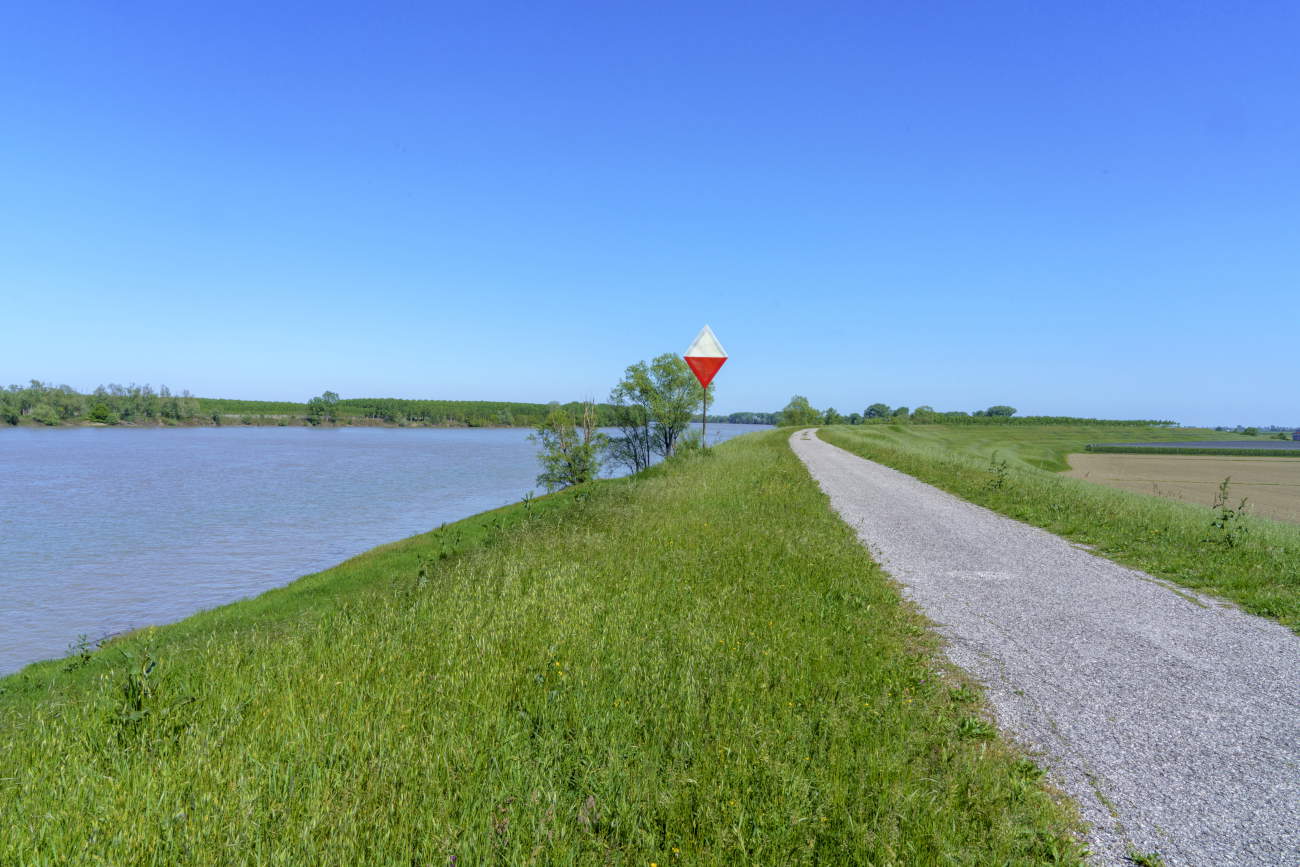
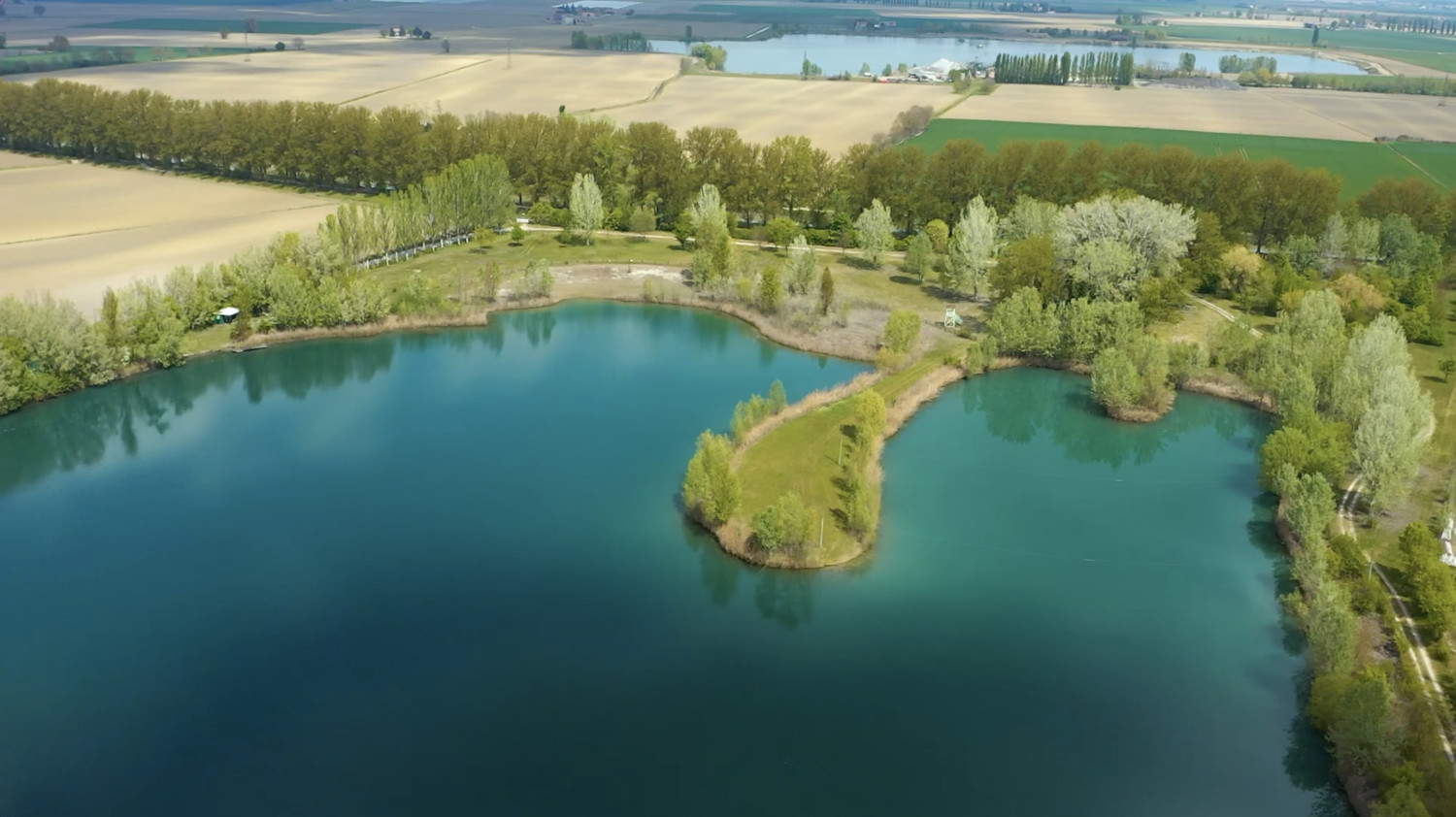

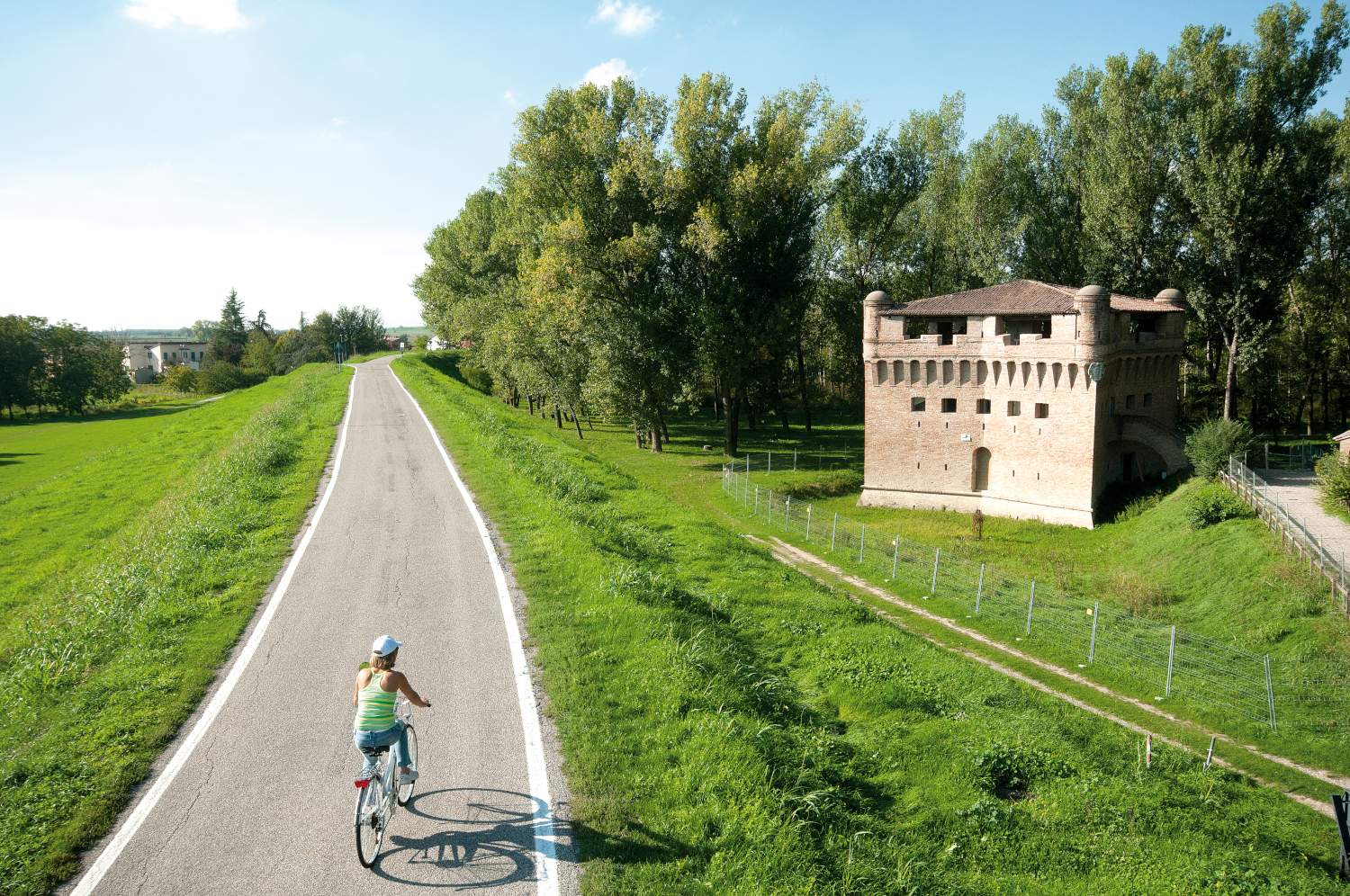
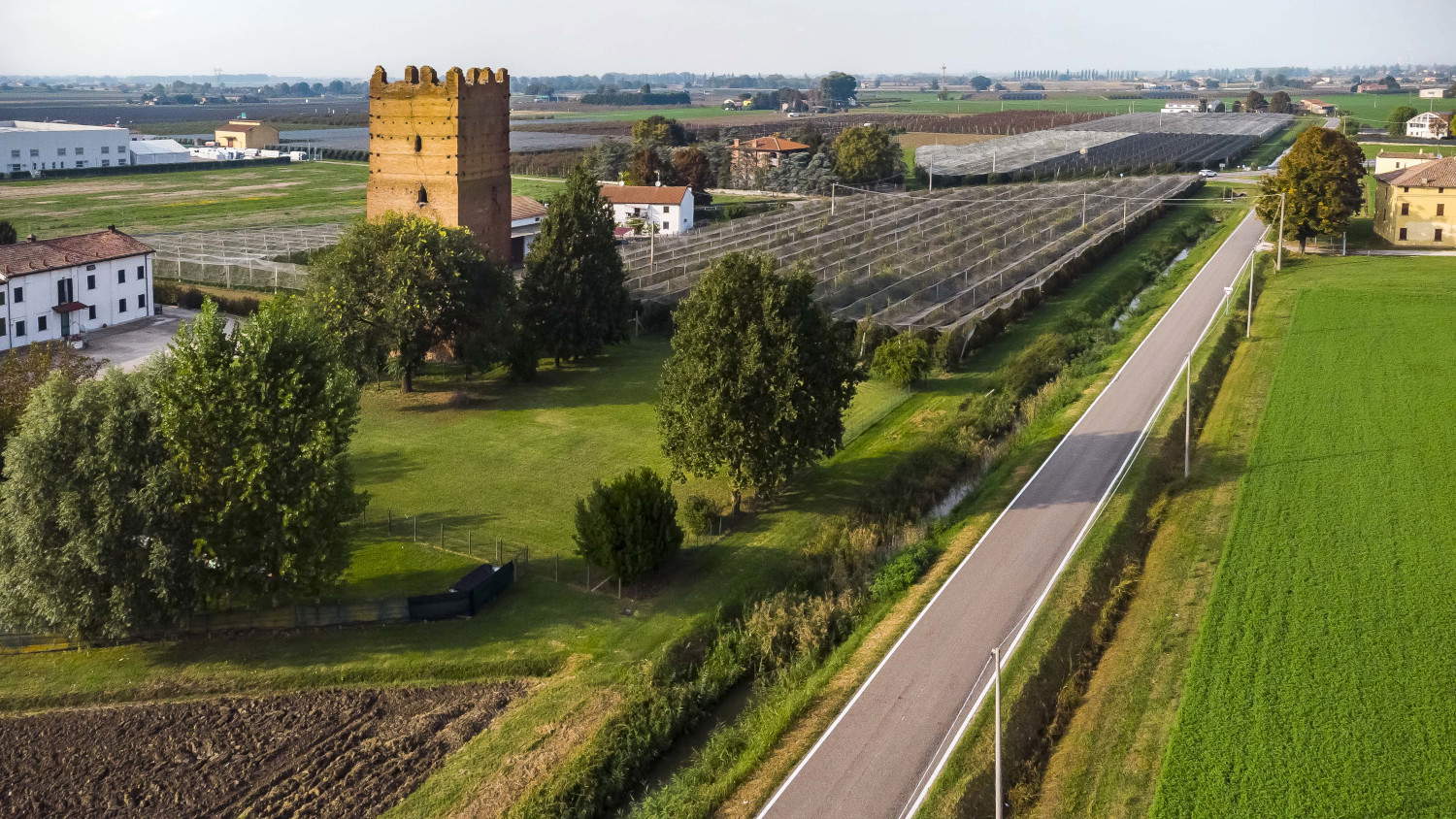
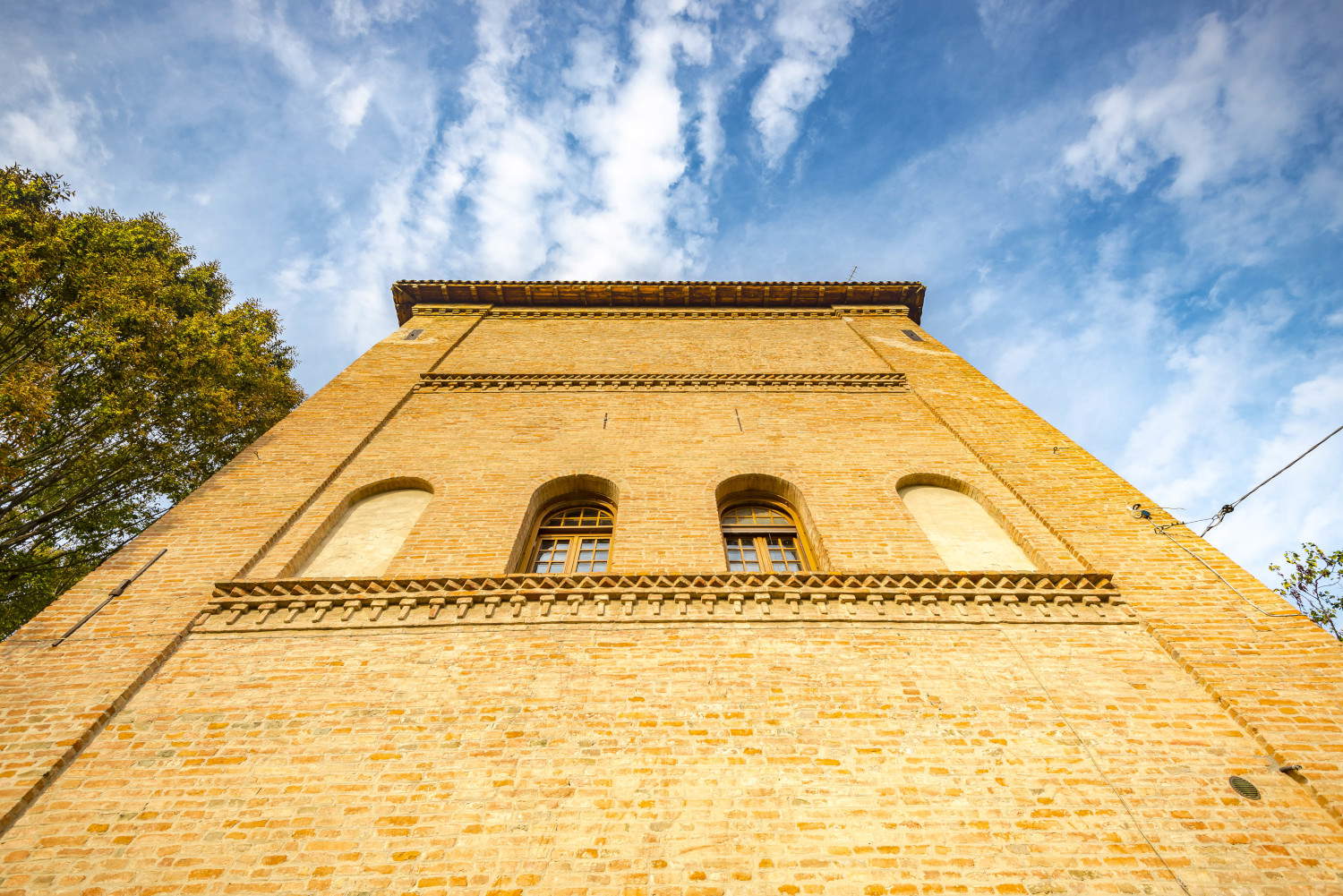
 |
| Renaissance Romagna: between delights and nature with sustainable hikes following the Rings of the Po |
Warning: the translation into English of the original Italian article was created using automatic tools. We undertake to review all articles, but we do not guarantee the total absence of inaccuracies in the translation due to the program. You can find the original by clicking on the ITA button. If you find any mistake,please contact us.



























